Spoiler Alert: It’s probably not what you think
If you ask 100 executives what is most likely to cause underperformance in an executive search 90% will get it wrong. Most don’t realize that a high risk of failure is frequently built into their processes before the position is even publicized.
Here, we consider, very briefly, a few of the primary culprits for underperformance in a search process, and how to avoid the traps.
Problem One: The position is poorly considered
There is a tendency to see the obvious: our Chief Operating Officer is departing so we’ll replace like-for-like.
Solution: Pause and perform some due diligence
Organizations are dynamic. Consider what didn’t work before, and what may have changed. Is this an operations leader? Do they need to be more strategic Can they take anything off the chief executive’s plate? Construct the position description only after this diligence period.
Problem 2: The qualifications are poorly considered
The common practice is to pack a job description with tons of qualifications.
Solution: Cut the fat
Long lists of qualifications make clear decision-making on the final hire tougher. Another consideration: a major enemy of equity is the inclusion of unnecessary, but common responsibilities. Non-traditional candidates can get left out – and your organization can lose out. Cite only those things that are absolutely necessary to the successful carrying out of the responsibilities.
Problem 3: The position description is poorly constructed
90% of the job descriptions we see are mind-numbing laundry lists. The laundry list is the death of a good search.
Solution: Here’s what a good position description looks like
- It’s inspiring. Show why the best candidates want to work for your organization. Describe the change they can make. Describe the mission underlying the day-to-day goals and work. Every organization is selling something. Why are you selling it?
- It’s tight. The really crucial things are up front. They are clear. They are the first things a reader sees. They aren’t camouflaged by details. Have a lengthy list of legal requirements? Put them in an annex.
Problem 4: The interview process is ad hoc and too long
Too many people are involved in the interview process. Interview questions are poorly thought out.
Solution: Design your interview process with care
Tailor your interview questions to the must-haves you identified at the onset of your search. Stage your interviews: the first round is about confirming qualifications and basics, later rounds should be more conversational. When you ask a rote question, you get a rote answer. Try guiding a conversation toward the topics you want to cover and see how a candidate navigates through on their own. Toward the end of an interview, go ahead and ask any questions you need answers to.
Problem 5: The search committee is set up to fail
If you are deploying a committee or working group, it’s probably facing headwinds by unconscious design. It’s too big. It’s not clear about what the core pillars of the search are – that is, it’s working from a laundry list, created by a bloated position description.
Solution: Keep it clear and tight – create good decision-making structures
This one is systemic. Use a tight position description. Get clear and stay clear about the three or four must haves for candidates. Use a small working group. Laundry lists, big groups, and poor focus lead to circular conversations and bad decisions.
Conclusion
Ask one hundred executives what causes underperformance in executive searches and 90% of them will cite a lack of good candidates. They are wrong. The enemy is the laundry list.
You start with a laundry list, and add a clunky working group, you get poor decisions, even in the presence of good candidates.
If you’d like to discuss this further please contact Arthur Combs (inquiry@oeconsulting.com). We’re always happy to have a good, non-transactional conversation.

